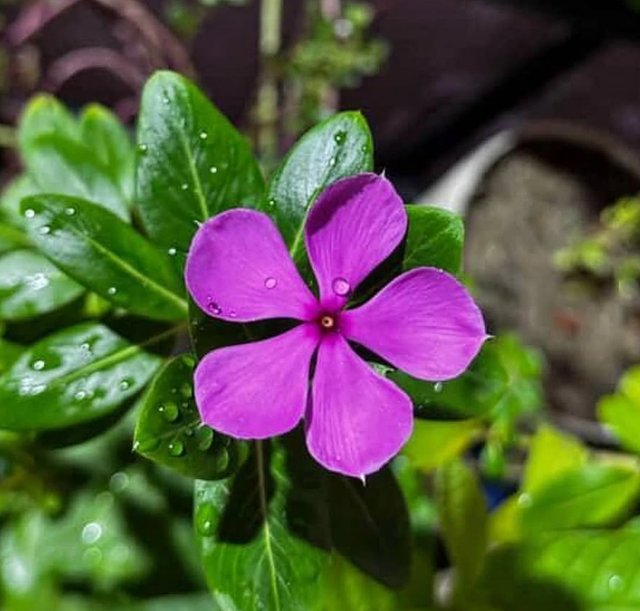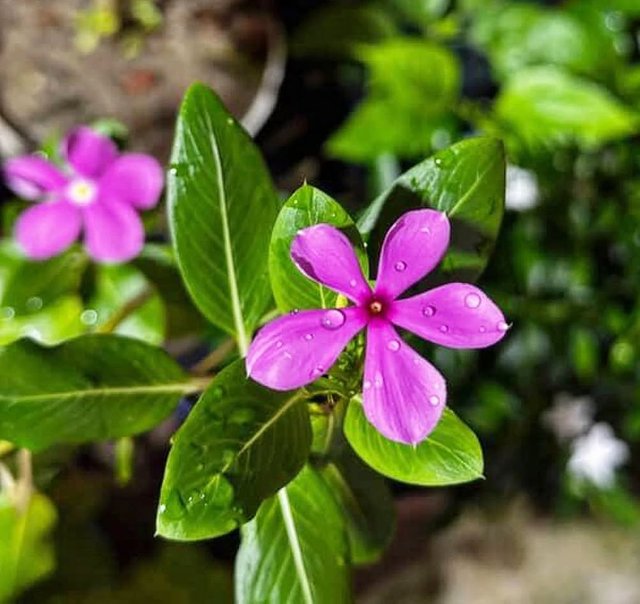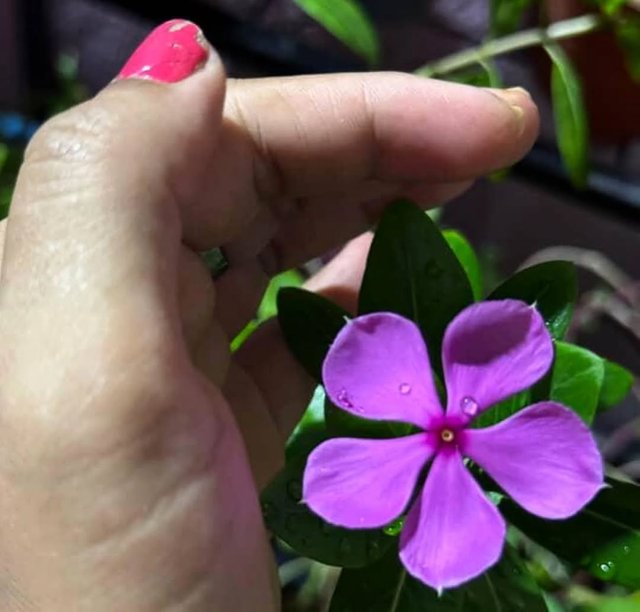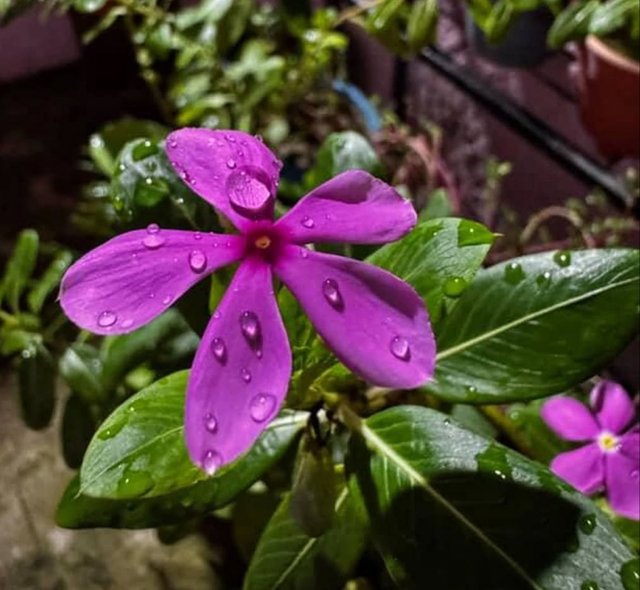Madagascar Periwinkle So Beautiful
The Madagascar periwinkle, also known as rosy periwinkle, is a small but remarkable flowering plant that has earned global attention not only for its ornamental beauty but also for its extraordinary medicinal value. Native to Madagascar, this evergreen perennial has spread across the tropical and subtropical regions of the world, becoming both a beloved garden flower and a vital source of life-saving drugs.
Appearance and Growth
Madagascar periwinkle is a hardy shrub-like plant that usually grows between 30 to 100 centimeters tall. Its glossy, dark green leaves are oval-shaped with a distinct midrib, creating a lush background for its delicate blossoms. The flowers are typically five-petaled and resemble a pinwheel, appearing in shades of white, pink, red, or purple. With year-round blooming in warm climates, it is often grown in gardens, pots, or as ground cover for its vibrant color and resilience.
This plant thrives in sunny locations with well-drained soil and can withstand drought conditions, which makes it a popular choice for low-maintenance landscaping. Despite its delicate appearance, it is highly adaptable and can grow in challenging conditions where many plants struggle.
Traditional Uses
For centuries, Madagascar periwinkle has been valued in folk medicine. In traditional healing systems, different parts of the plant have been used to treat a wide range of ailments such as diabetes, malaria, sore throats, and infections. Infusions made from the leaves or roots were often given to control high blood sugar or ease stomach issues. While these uses were based on observation and experience, they eventually led scientists to investigate the plant’s chemical properties in depth.
A Treasure Trove of Medicine
The true global importance of Madagascar periwinkle lies in its role in modern medicine. The plant contains over 70 alkaloids, two of which—vincristine and vinblastine—revolutionized cancer treatment. These compounds were discovered in the mid-20th century when researchers were studying the plant’s effect on diabetes. Instead, they found that it had powerful anti-cancer properties.




%20(7).jpeg)